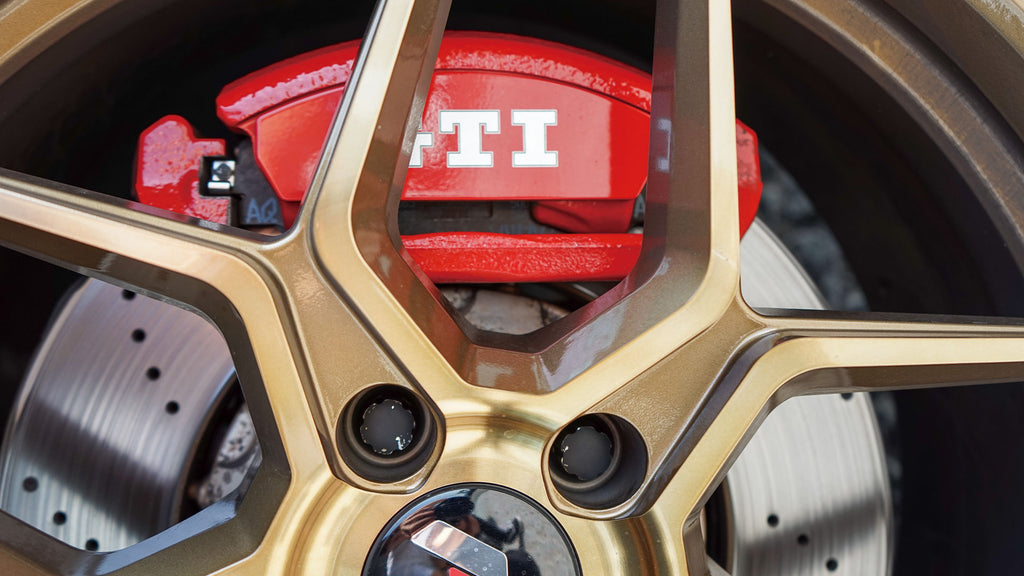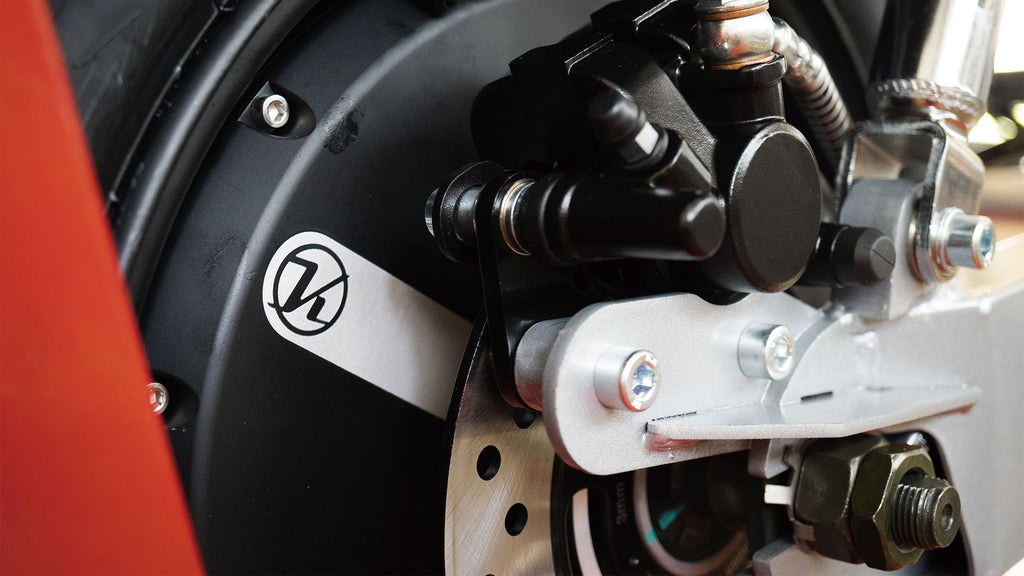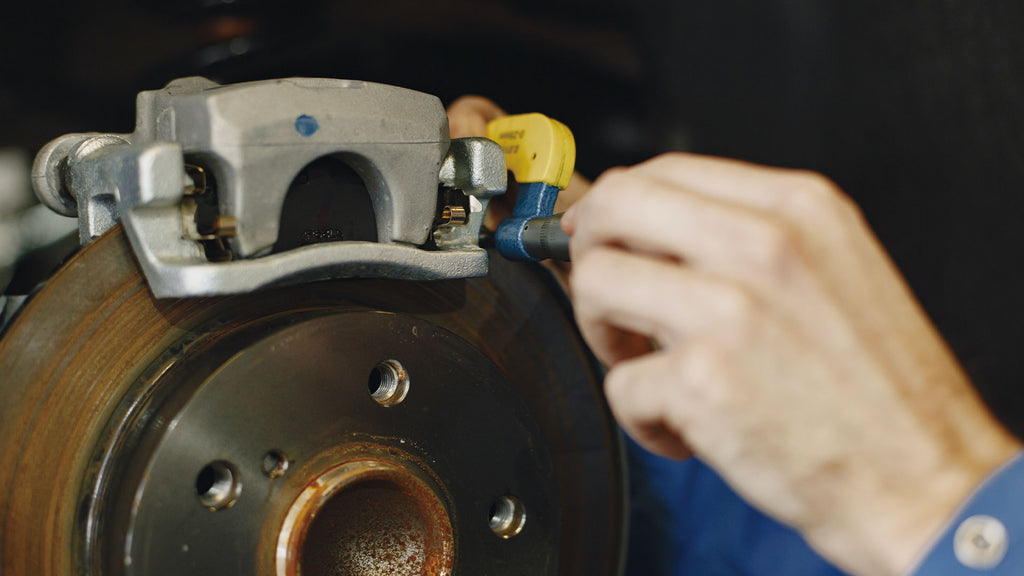Brake calipers are of utmost importance to a vehicle. But over time, calipers can lose their braking ability.
Yes, calipers lose their ability to compress over time, and then you need to recompress the caliper; if you can see this damage, it is always recommended to replace the caliper.
Do you know how to compress a brake caliper? Don't worry, I'll help you through the process. But before I start the main part, let me explain you what is a brake caliper and how it works.
What Is A Brake Caliper?
The caliper in a car is an indispensable element that plays a very crucial role in the braking system of the car. Brake calipers are generally cube-shaped box-like structures that fit into a disc rotor and stop your vehicle.
How does a brake caliper work in a car?
If you love car modifications, repairs, then you might want to understand how these calipers stop your vehicle.
Well, this is what you need to know. How does it work in a car? The following components are involved in the braking process of a car.
Wheel Assembly
The wheel assembly holds on to the disc rotor and the wheel. The bearings inside allow the wheels to turn.
Rotor Disc Brake
The Rotor Disc Brake is the specific part of the brake pad that snaps into place. It slows the rotation of the wheel by creating enough friction. Since friction generates a lot of heat, the holes in the brake disc are drilled to remove the heat generated.
Caliper Assembly
The Caliper Assembly uses hydraulic force to create friction by bringing the pedal into contact with the rubber brake pads on the rotor surface, which then slows the wheels.
The caliper is constructed with a banjo bolt that acts as a channel for fluid to reach the piston. The fluid released from the pedal side pushes the piston with greater force. Thus, the brake caliper works like this.
When you apply the brake, the high pressure hydraulic fluid from the brake cylinder is picked up by the caliper. The fluid then pushes the piston, causing the inner pad to squeeze against the surface of the rotor. The pressure from the fluid pushes the caliper's frame and slider pins together, causing the outer surface of the brake pad to squeeze itself against the brake rotor disc on the other side.
How do you compress a caliper?
Now we understand what a brake caliper is and how it works. With what follows, you will learn how to compress the caliper in the easiest way possible.
The first step is to take the caliper apart or out. Next, remove the side bolts and then push the rest of it out with the help of a screwdriver.
Then remove the caliper bracket, pad and rotor. Remove the clamps as well. Do not let the caliper hang on the brake hose or it may be damaged.
As you remove the caliper, make sure you clean these parts as well. Once you have the caliper off, use a rubber mallet to remove the rotor.
If you see that the rotor is stuck and won't come off, try using some lubricant and it will come off easily. Because it rusts over time, it can sometimes be difficult to remove the rotor.
Next, you must make sure that the spindle area (where the rotor is mounted) is clean. It will work better if you put some anti-stick or grease on the rotor before you put it back in place. Then, you can easily mount the rotor with just a little push and you don't need any tools.
After installing the rotors, it's time to install the caliper brackets. Apply brake grease to the caliper bracket because when it is well lubricated, it will slide easily and prevent rusting. Secure the caliper to the rotor and then use a wrench to tighten the bolts.
Note: You will need to clamp the caliper bracket in place. You will need to clean the holder with a wire brush or sandblaster.
Now, there is only one last part left. When compressing the caliper you will need some oil filter pliers and a set of access locks.
The oil filters will help maintain the pressure on the piston. Also, you can use the access locks to rotate the piston. The only thing you need to be careful of is holding the rubber boot with the pliers.
Then with the filter, apply some steady pressure and rotate the caliper piston clockwise with the access locks.
In this guide, I explain how you should get the caliper to compress. If you have a brake caliper tool kit, you can use it, but if you don't, you can use a regular tool to compress the caliper.
Frequently Asked Questions (FAQ)
1. What exactly is a brake caliper?
A brake caliper is a key part of your car’s braking system. It uses hydraulic pressure to squeeze the brake pads against the rotor, helping your car slow down or stop.
2. Why do I need to compress the brake caliper?
Over time, the caliper piston moves outward. Compressing it back in creates enough space to install new brake pads and ensures everything fits nicely.
3. What happens if I don’t compress the caliper?
If you don’t compress it, the brake pads won’t fit properly, which could lead to poor braking performance or uneven wear on your pads.
4. What tools do I need to compress a brake caliper?
Orion Motor Tech’s brake caliper compression tool is the easiest option. You can also use oil filter pliers along with a rotating tool to carefully push the piston back, but be gentle to avoid damaging the rubber boot.
5. How do I know if my brake caliper needs to be replaced?
If the piston is hard to compress, you hear strange noises when braking, or there’s heavy rust, it might be time for a new caliper.






